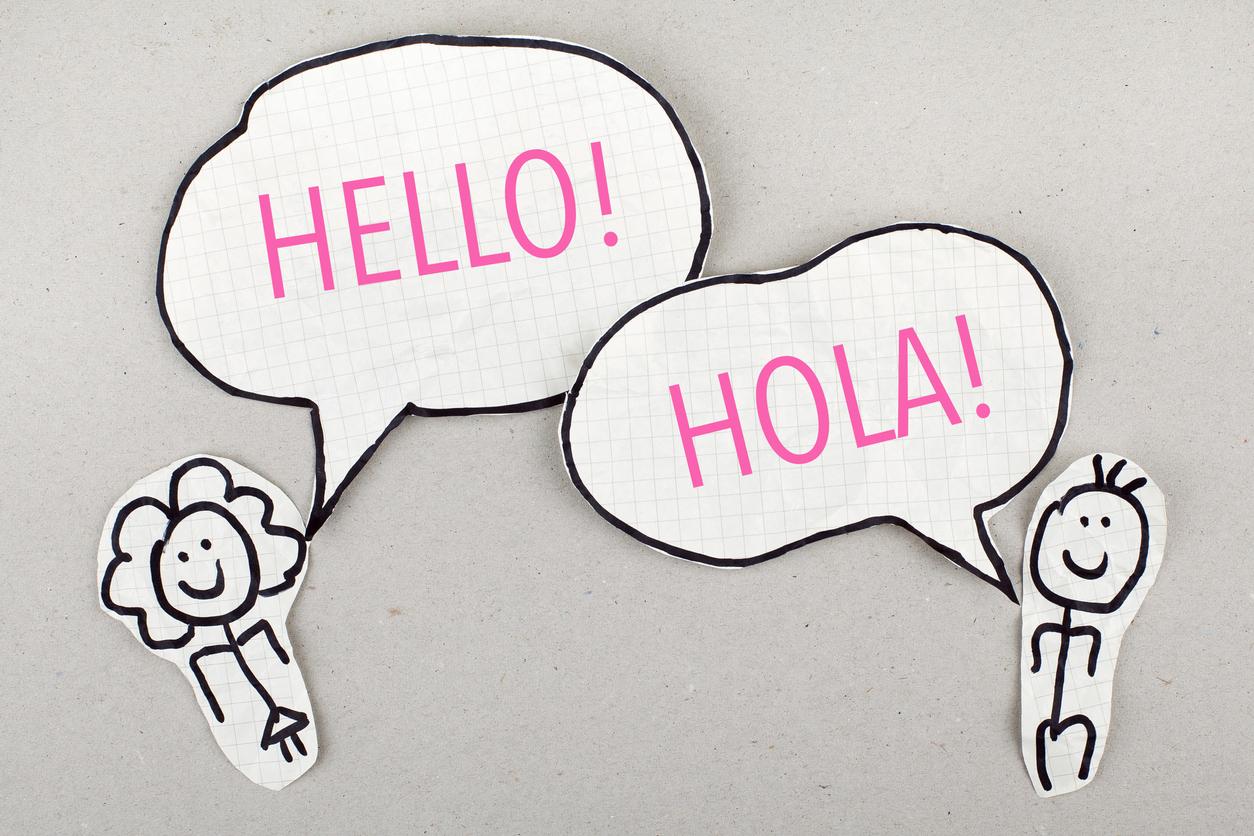According to an MIT study, learning a language allows you to distinguish colors in a new way.

- MIT researchers followed Chimanes, an ethnic group living in a remote part of Bolivia’s Amazon rainforest, to determine how spoken language might change the way we categorize colors.
- Scientists found that those who learned Spanish began to classify colors into more words.
- According to the study, learning a second language allows you to understand concepts that do not exist in your native language.
Although the human eye can perceive approximately 1 million colors, there are not that many words to describe them. And this, whatever the language used. On the other hand, the lexical field of some is much more extensive than others. For example, if the Spanish-speaking one has a dozen terms for basic colors, ithim of Chimanesan ethnic group living in a remote part of the Amazon rainforest of Bolivia, offers only three names of color, (corresponding to black, white and red) as well as two others used interchangeably to refer to green or blue.
Faced with this observation, a team from MIT wanted to determine how color perception can be influenced by contact with a new language.
Bilinguals broaden their color distinction
American researchers have thus followed Chimanes. Some had learned Spanish, the others only spoke their mother tongue. They asked participants to perform two different tasks. In the first test, scientists showed volunteers 84 chips of different shades, one by one, and asked them to name them. In the second task, volunteers had to group the chips by color word. Bilinguals had to do these exercises in both languages.
Result : When performing this task in Spanish, bilinguals Chimanes have classified the colors with the traditional words of the Spanish language. In addition, they were much more accurate in distinguishing colors when they did so in their native language and began to classify them into more numerous categories.
For example, while there are no different words for blue and green in the language of Chimanespeople learning Spanish distinguished between the two. What their peers generally did not do monolinguists. On the other hand, instead of borrowing Spanish words for blue and green, they chose terms from their own language to describe them.
This research published in Psychological Science shows that contact between languages can influence the way people think about concepts such as color.
Learning a language introduces you to another way of thinking
“This is a great example of one of the main benefits of learning a second language: namely that you open up a different world view and different concepts which you can then import into your native language”, explained in a communicated Saima Malik Moraledaa graduate student in the Speech and Hearing Biosciences and Technologies Program at Harvard University and lead author of the study.
The researcher and her colleagues plan to carry out further work to verify that their discovery applies to other languages or to find out if other concepts, such as time, can also be “transmitted” when of learning another language.

















